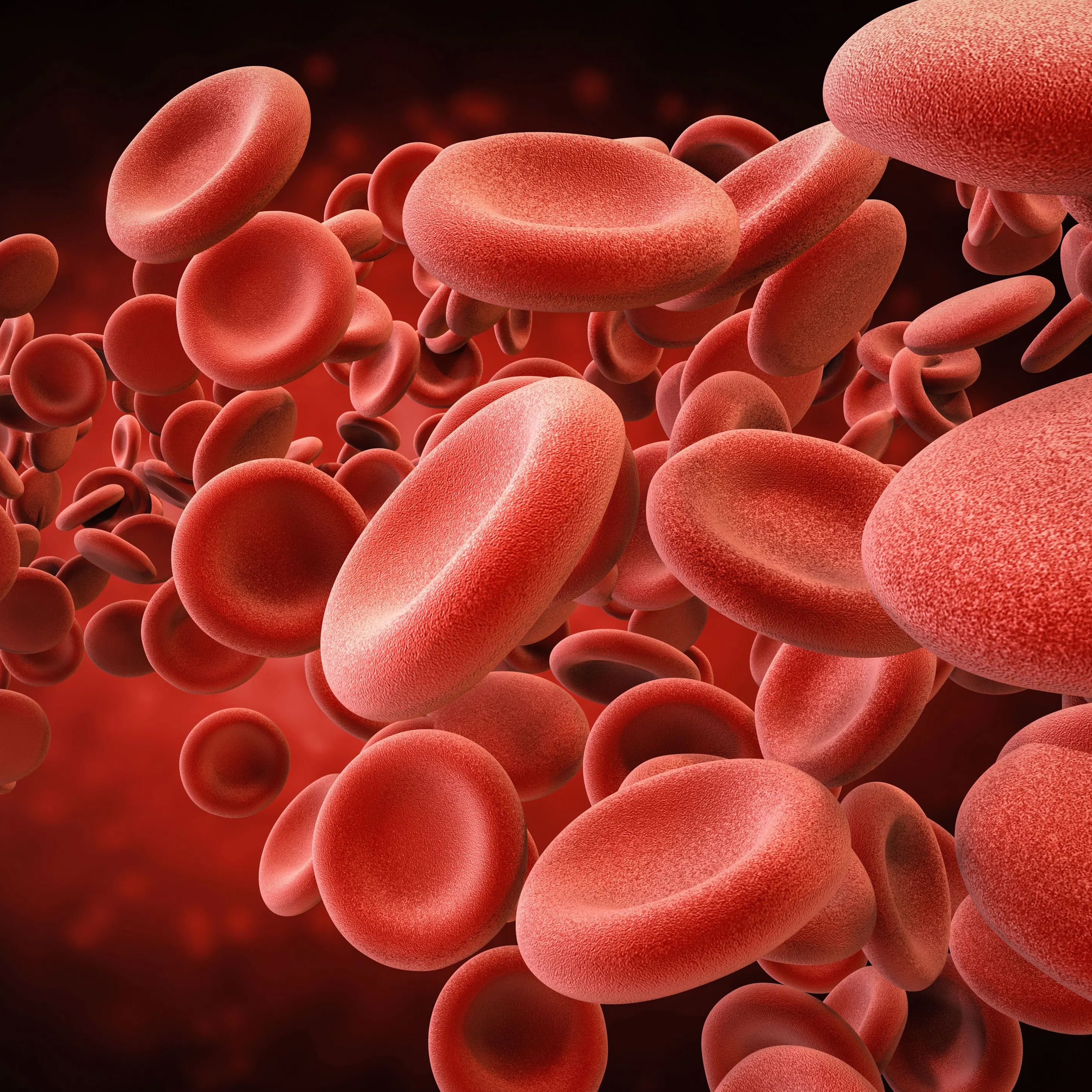News
Article
Rumination Limits Post-Exercise Recovery in Fibromyalgia
Author(s):
Results demonstrated rumination induction after physical activity stunted patients’ recovery regarding discomfort and pain intensity compared with patients using a distraction method.
Monika Kornacka, PhD
Credit: SWPS University

Compared with distraction induction, patients with fibromyalgia who engaged in rumination following physical activity had less pain recovery, according to a study published in Scientific Reports.1 Investigators noted these results were consistent with previous studies examining rumination in patients with chronic pain.
Rumination, which is defined as a chain of repetitive, passive, and somewhat uncontrollable negative thoughts, is common among this patient population and has been linked to higher pain intensity and worse outcomes. This may be due in part to previous experiences of pain itself and used as a coping strategy.2 Rumination may also play a role in limiting or reestablishing an exercise routine.
“Resuming adapted physical activities is challenging for fibromyalgia patients from a clinical point of view,” explained lead investigator Monika Kornacka, PhD, head of the Emotion Cognition Lab, SWPS University, Poland, and colleagues. “On the one hand, patients are often aware that adapted physical activity is crucial to the therapeutic process, but on the other hand their previous experiences of physical activity causing discomfort and pain sustain a vicious circle of fear and avoidance.”
Investigators compared rumination with distraction induction to better understand how these strategies influence pain intensity, physical activity, and discomfort in this patient population. A total of 47 subjects with fibromyalgia were assigned to either distraction induction or rumination post-physical activity. Measures of pain, discomfort, and affect were collected at baseline, after physical activity (climbing stairs at a steady pace), and after the strategies were employed.
Most (n = 44) patients were female, the mean age was 50.6 years, all met the 1990 American College of Rheumatology (ACR) criteria for fibromyalgia, and all were receiving stable treatment for ≥1 month. The groups did not have significant differences in age, mean time from diagnosis, anxiety, depression, disability, or the tendency for rumination.
Results demonstrated rumination induction after physical activity stunted patients’ recovery regarding discomfort and pain intensity when compared with patients using the distraction method. According to a mixed design analysis of variance (ANOVA) and visual analog scale (VAS)-intensity scores as the dependent variable and induction group (rumination compared with distraction) and measure time, there was a significant main effect of time. Although both groups observed a decrease in pain intensity, this was greater in the distraction cohort. Decreases in discomfort linked to pain were only reported in the distraction group.
Investigators stated the absence of a control group limited the study, although they argued it would have been difficult to design as the controls would likely use their usual regulation strategies. An additional limitation was the approach to reduce the number of cognitive activities (filling out questionnaires) between the physical activity and induction. Therefore, data directly after physical activity could not be collected and patients’ emotional reactivity to exercise could not be assessed. Alternative methods of evaluating affect, such as psychophysiological data, could be used in future research.
However, findings ultimately suggested addressing ruminations during treatment could impact both pain and avoidance behaviors and could therefore be used to manage pain and comorbidities in this patient population.
“These results endorse Edwards’ partial model of ruminations in pain, which highlights the causal role of rumination in the development and maintenance of pain and its comorbidities,” investigators concluded.3 “If this causality is confirmed in larger studies, psychological and physical fibromyalgia treatment will have to evolve to better take into account this cognitive process of pain maintenance.”
References
- Fonseca das Neves, J., Kornacka, M., Serra, E. et al. The impact of rumination on fibromyalgia pain after physical activity: an experimental study. Sci Rep 13, 20523 (2023). https://doi.org/10.1038/s41598-023-47414-z
- Schütze, R., Rees, C., Slater, H., Smith, A. & O’Sullivan, P. “I call it stinkin” thinkin’’: A qualitative analysis of metacognition in people with chronic low back pain and elevated catastrophizing. Br. J. Health Psychol. 22, 463–480 (2017).
- Edwards, M. J., Tang, N. K., Wright, A. M., Salkovskis, P. M. & Timberlake, C. M. Thinking about thinking about pain: a qualitative investigation of rumination in chronic pain. Pain Manag. 1, 311–323 (2011).





